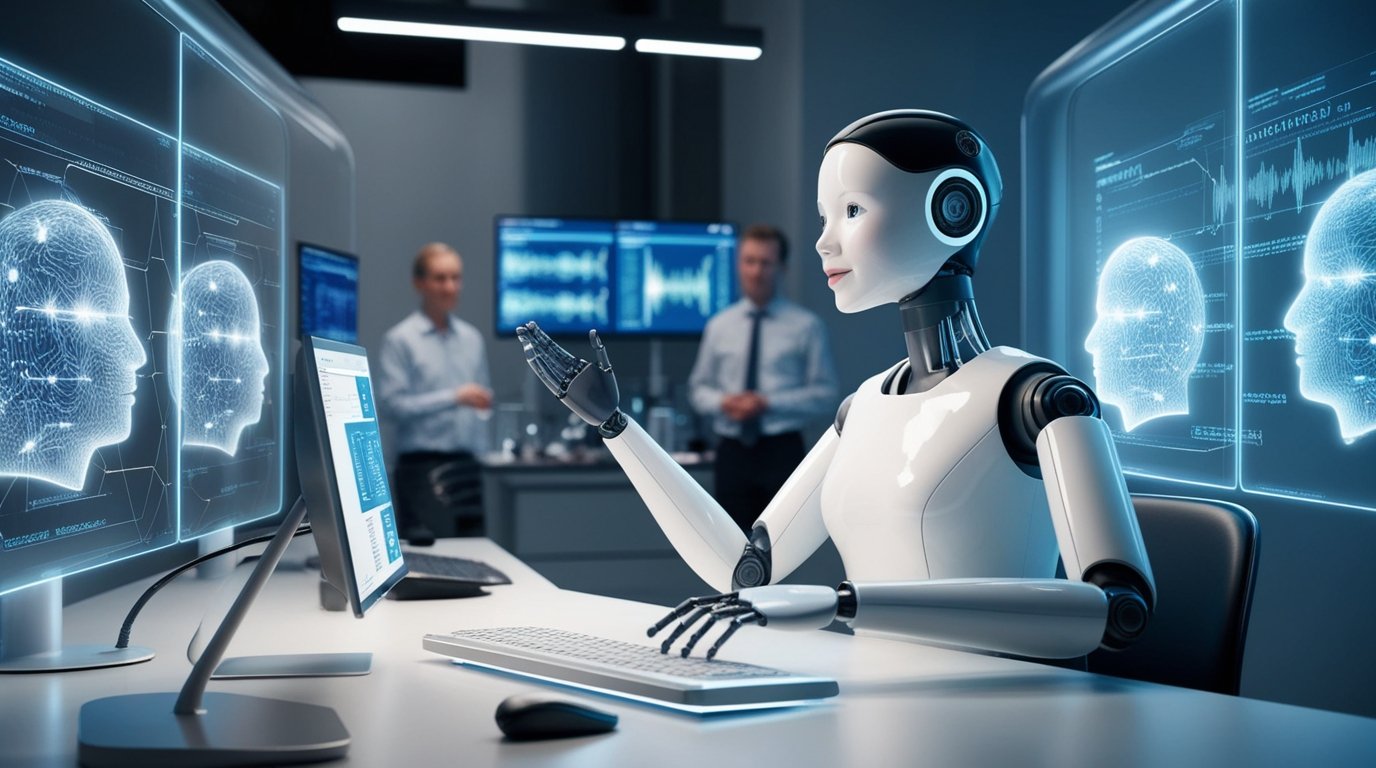Imagine teaching a robot to talk like a human—without ever hearing a human speak. That’s exactly what researchers at Chalmers University of Technology and the University of Gothenburg, Sweden, achieved with AI. Their study, published in the Journal of Language Evolution, shows that AI can develop a language structured just like ours, and it gets better when it learns from older models. This isn’t just cool for AI fans; it’s a big deal for understanding how humans learn to communicate. Let’s break down how AI language learning mirrors human language and what it means for the future.

AI Learns Language Through Play and Generations
The researchers used two clever methods to teach AI language: reinforcement learning (where AI gets rewards for good actions, like a dog learning tricks) and generational learning (where new AI models build on what older ones learned, like kids picking up slang from their parents). In their experiment, AI agents played a game where one picked a color and sent a symbol to another AI, which had to guess the color. Both got points if the guess was right, encouraging them to create a shared language for colors.
Over time, new AI agents replaced the old ones but kept the language they’d developed. This mix of problem-solving (the game) and learning from the past (older AI models) led to a language system that looked a lot like how humans name colors, even though the AI never saw human languages. It’s like AI agents invented their own version of “red” or “blue” from scratch!
Why Human and AI Languages Look Alike
Human languages are shaped by a need to be efficient: they’re detailed enough to share ideas but simple enough to learn. For example, languages in snowy regions have more words for snow because it’s useful. The AI agents followed the same rule—their color language got just complex enough to communicate well without being too hard to use. When the AI only played the game without learning from older models, their language got too messy. But when they only copied older models without playing, it stayed too basic. The sweet spot? Combining both, just like humans do.
Why It Matters: This study shows that AI language learning works best when it mimics how humans pass down and refine language over generations. It’s a peek into how our own languages might have evolved—and how AI could one day talk like us.
Where to Learn More

